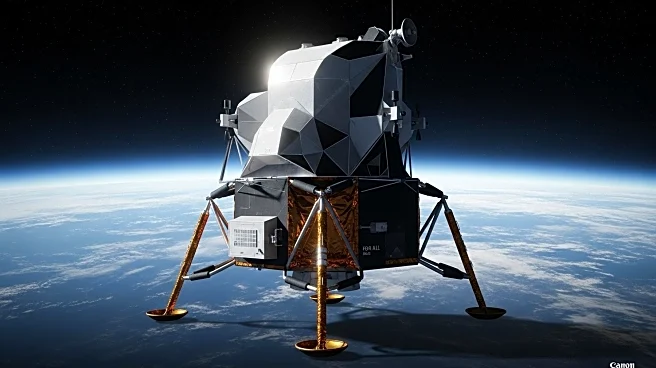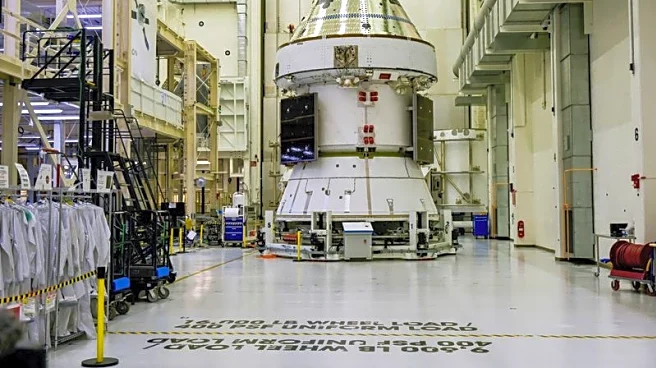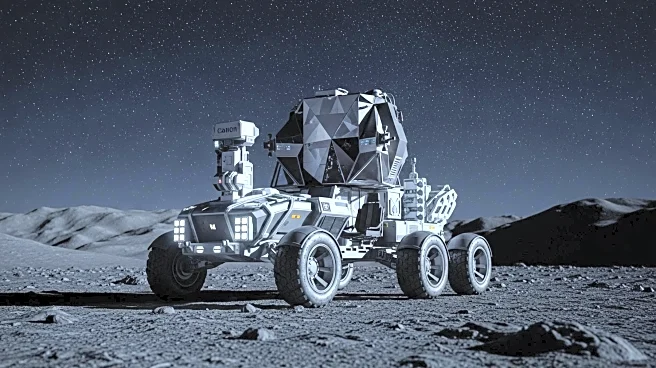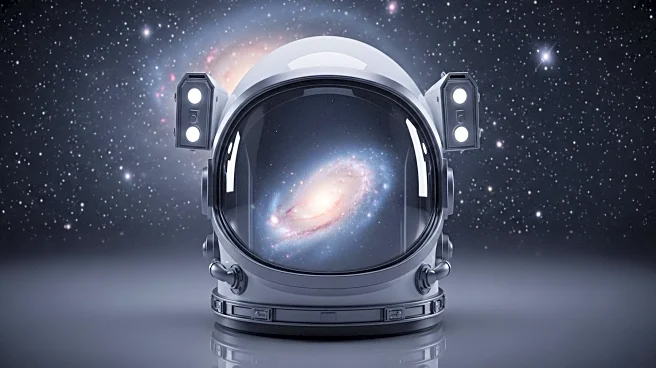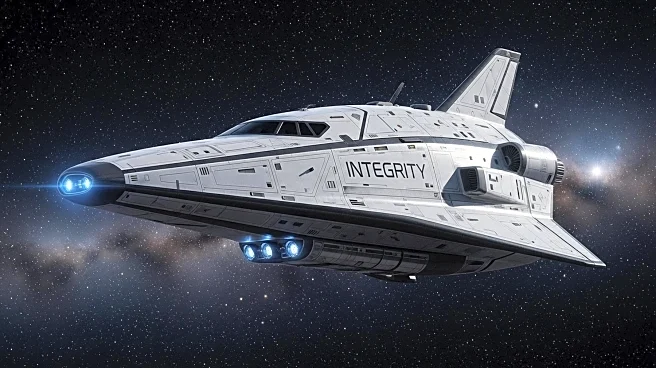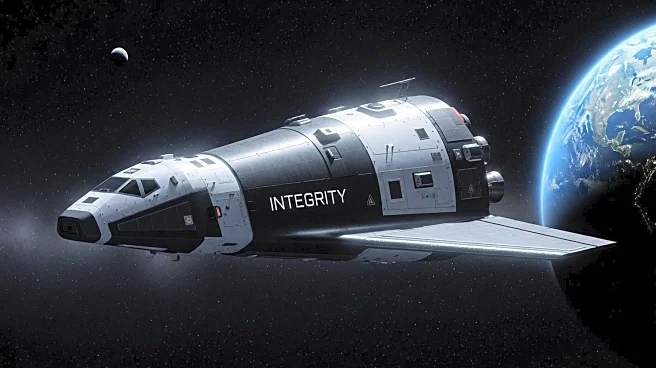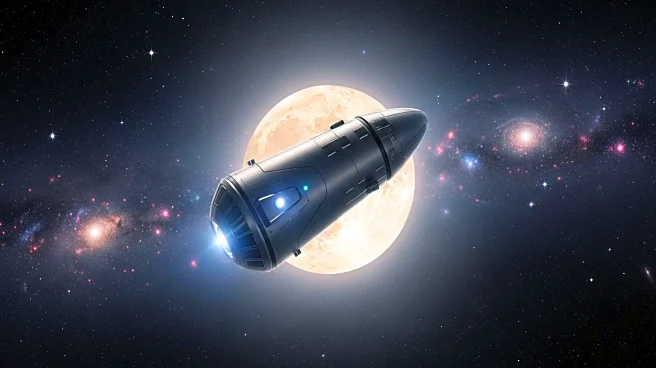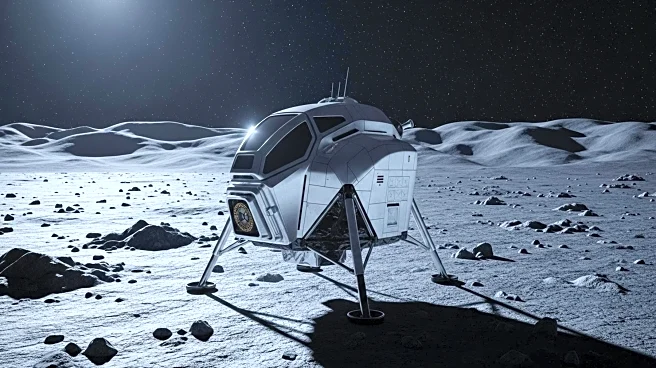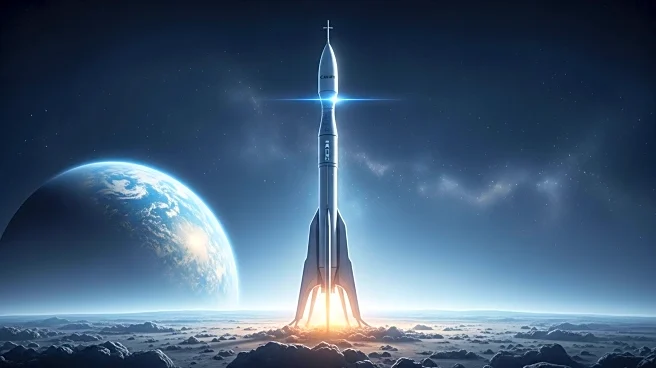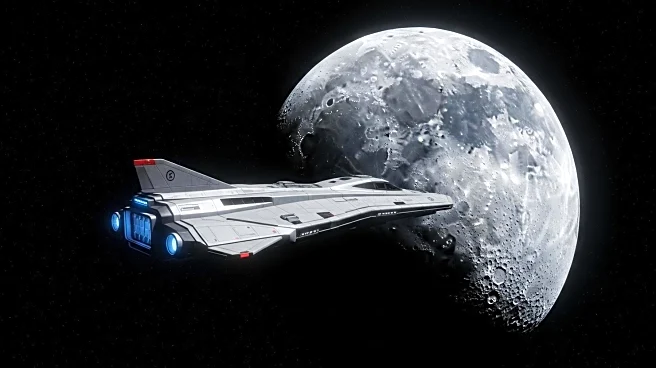What is the story about?
What's Happening?
The Artemis II mission, set to launch as early as February 2026, will be the first crewed Moon mission in 50 years. The spacecraft, named 'Integrity,' will carry astronauts Reid Wiseman, Victor Glover, Christina Koch, and Jeremy Hansen on a journey around the Moon. The mission aims to study the lunar surface in detail and pave the way for future Moon landings and a long-term human presence on the lunar surface.
Why It's Important?
Artemis II represents a significant milestone in NASA's efforts to return humans to the Moon and establish a sustainable presence. The mission will provide valuable insights into the lunar environment, aiding future exploration and potential resource utilization. The involvement of international partners, including the Canadian Space Agency, highlights the collaborative nature of modern space exploration. The mission's focus on 'peace and hope for all humankind' underscores the potential for space exploration to inspire global unity.
What's Next?
Following Artemis II, NASA plans to launch Artemis III, which will land astronauts on the Moon's surface. The Artemis program aims to establish a permanent human presence on the Moon, using the lessons learned to prepare for Mars exploration. The success of Artemis II will be crucial in maintaining momentum for these ambitious goals. As international competition in space exploration intensifies, NASA will continue to leverage partnerships and technological advancements to achieve its objectives.
Beyond the Headlines
The Artemis program represents a new era of space exploration, with ethical and cultural implications. The mission's focus on 'peace and hope for all humankind' highlights the potential for space exploration to unite nations and inspire future generations. As humanity ventures further into space, discussions about the ethical use of space resources and the preservation of celestial bodies will become increasingly important.
AI Generated Content
Do you find this article useful?
